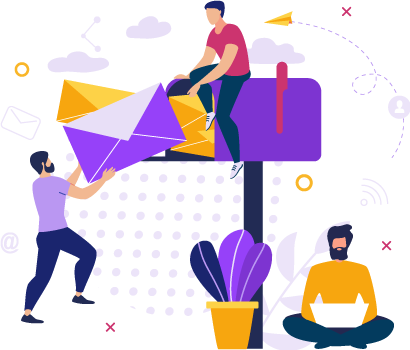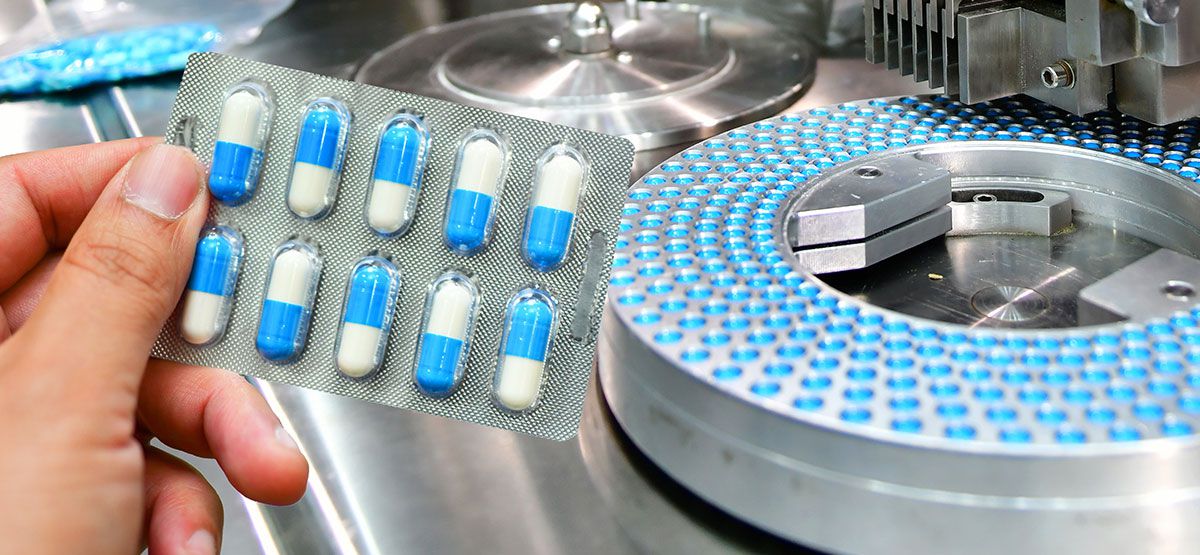
UDI & EUDAMED Explained under EU MDR
What is UDI?
Unique Device Identification (UDI) intended to assign a unique identifier to medical devices within the United States, it marks and identifies individual medical devices throughout their distribution and product life-cycle. Initially, the UDI system was created, developed, and maintained by the device manufacturer based on global device identification standards. Today, it also helps with procurement and reimbursement.
With certain exceptions, every medical device label needs to have a UDI mark and be composed of two parts:
- Device Identifier (DI) – a mandatory, fixed portion of a UDI that identifies the specific version or model of a device;
- Production Identifier(s) (PI) – a conditional, variable portion of a UDI that identifies one or more of the following when included on the label of a device. This will be dependent upon the manufacturer’s internal quality system. • lot or batch number within which a device was manufactured; • serial number of a specific device; • expiration date of a specific device; • date a specific device was manufactured
Therefore, UDI = DI + PI.

UDI History
In 2007, the U.S. FDA developed a labeling system that would uniquely identify every single medical device (MD) on the market. The Global Harmonization Task Force (GHTF) soon recognized the global relevance of such a system and adopted respective guidance that was last released in 2013 by the International Medical Device Regulators Forum (IMDRF), international cooperation of regulators made up of industry stakeholders and GHTF successors. (Interestingly, Medical device manufacturers experienced in the U.S. market have quickly recognized the similarity of the EU regulation as compared to the U.S. Food and Drug Administration’s (FDA) UDI guidelines.
Following the global trend in handling the trace ability of medical devices, the EU Commission has clearly defined the requirements for the implementation of a Unique Device Identification (UDI) System in the final text of the new EU Medical Device Regulation (MDR) 2017/745.
The EU UDI System, like the U.S. UDI requirements, will be implemented in phases, starting with the highest risk classes first, and lowest risk classes last.


Key Differences between US GUDID and EU EUDAMED elements
EUDAMED will be an information system for exchanging legal information related to the application of European Union Directives on medical devices between the European Commission’s Enterprise and Industry Directorate General and the Competent Authorities in the European Union Member States. Its legal basis is laid down in Directives 90/385/EEC, 93/42/EEC, 98/79/EC, and 2000/70/EC.
Under these Directives, Member States need to ensure that medical devices that are placed on the market and put into service comply with all provisions of the Directives, including the ‘essential requirements’, and that no obstacles are encountered for the free movement of approved devices. The Directives also require that data be stored in a database in a standardized format. The EUDAMED project aims to address the effective implementation of this provision of the Directives.
Following are the common elements between GUDID and EUDAMED but they likely need to be translated into 24 official languages of the EU:
- Name or Trade name
- Additional product description
- Clinical size
- Storage and handling conditions
- Additional trade names of the device
- Critical warning or contraindications
Deadlines for UDI implementation
Unlike GUDID, EUDAMED is adopting a risk-based approach for UDI submissions.
- Below are the UDI implementation dates according to the class: • Class I: 26 May 2025 • Class IIa and IIb: 26 May 202• Class III: 26 May 2021 • Implantable devices: 26 May 2021
- For IVDs, the implementation will also be risk-based but delays in the implementation of the IVDR timeline will be different. • Class D devices should be compliant by 2023 • Class C & B devices by 2025 • Class A devices by 2027
*These compliance deadlines are subject to change as the fulfillment of the requirements is dependent on the progress of the EUDAMED implementation and its availability
Get the latest updates from DDi
Explore Topics
- Automation & AI (5)
- Clinical Automation (8)
- Consumer Health (1)
- IRT & Clinical Supplies (21)
- Labeling (16)
- Regulations (23)
- Regulatory Automation (14)
- Regulatory Biopharma (2)
- Regulatory Content Management (5)
- Regulatory Information Management (21)
- UDI (11)
- Writing (12)
Recent Blogs
 Digital RIM for Next-Gen Medic…Regulatory Information Management
Digital RIM for Next-Gen Medic…Regulatory Information Management How Automation is Transforming…Automation & AI
How Automation is Transforming…Automation & AI Why eIFU is Future of Device L…Regulations
Why eIFU is Future of Device L…Regulations
Previous Post
Next Post
Related Posts
CONNECT WITH US

Let's talk about how DDi can help you

